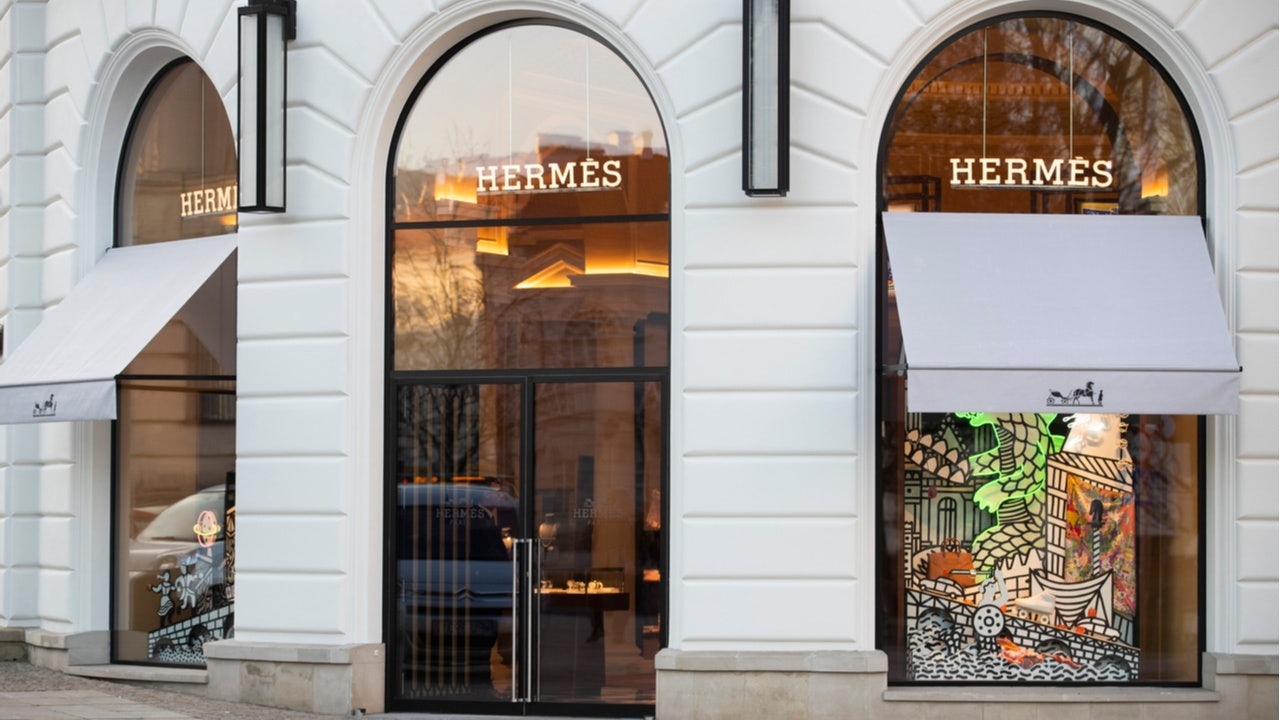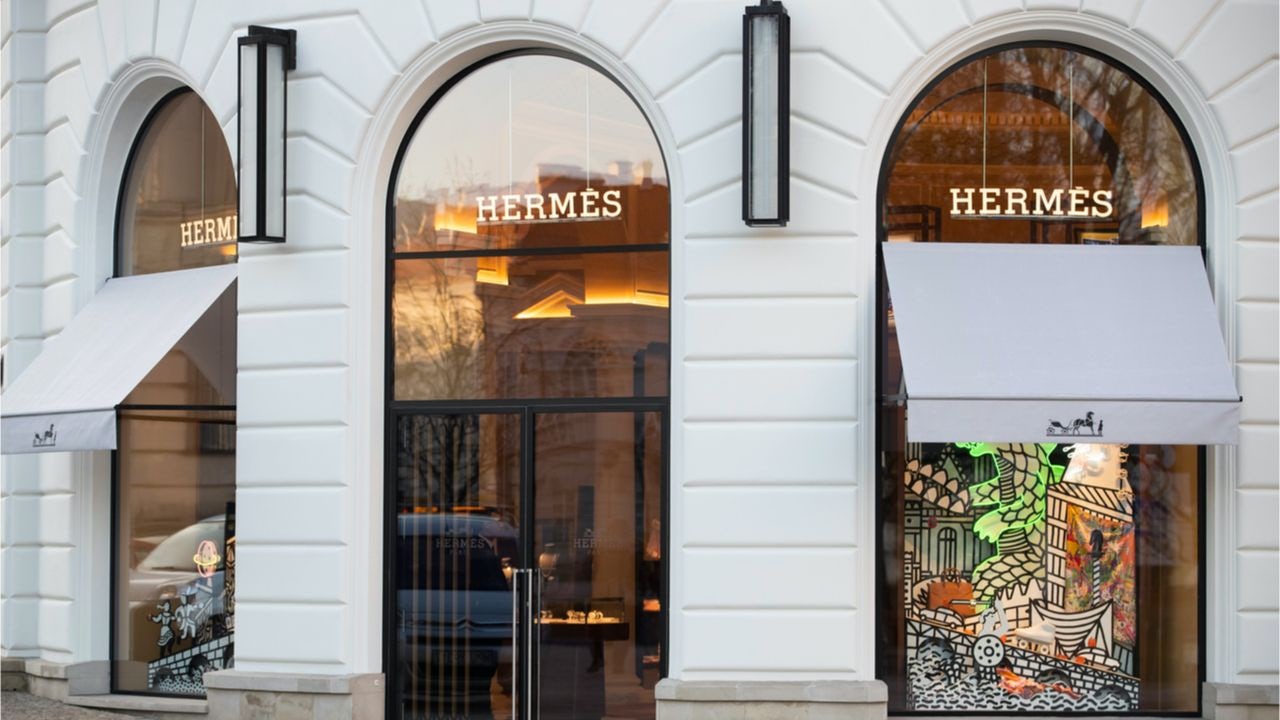In April, following a 2-month long lockdown, Hermès surprised the world with stellar sales at its flagship store in Guangzhou’s Taikoo Hui shopping center. As widely reported, Hermès flagship store brought in an incredible US 2.7 million in sales on its reopening day, even selling a highly coveted and outrageously expensive diamond Himalaya Birkin bag. Record sales are hardly surprising in a country like China, where consumers are avid luxury buyers. But until recently, the repatriation of China’s luxury spending was more tempered and restrained.
The post-COVID-19 world, however, has created a new global reality. One in which international travel restrictions and travel bans, quarantine measures, and lockdowns, are confining overseas travel and forcing affluent Chinese shoppers to discover their local stores. Foot traffic in mainland China is increasing and domestic consumption of luxury and premium goods is also seeing an improvement, but not all global brands have benefited equally from China’s repatriation of spending.
In times of raising patriotism and nationalism, when consumers are returning to the “Made in China” logo, not all international brands have conquered and maintained the interest of the Chinese consumers, which makes Hermès record sales even more noteworthy.
According to Vogue Business, the fact that Hermès is currently trading above its pre-COVID-19 value represents “a rarity among fashion firms.” And Vogue Business is right. The success of the French luxury brand in these trying times represents an anomaly, especially because new consumer behavior trends have emerged during and in the post-pandemic days. Given this, how has Hermès managed to thrive in post-COVID-19 China?
The best value for money#
If the lockdown and quarantine periods have taught us anything, it’s that seasonal designs — that ultra-modern look — are no longer fashionable in a world where consumers might find themselves isolated at home for months. By the time these consumers were finally allowed to safely leave their homes, what was trendy when they entered quarantine was no longer fashionable when they emerge from lockdowns; thus, the desire for timeless, classic designs has become more than a fashion staple, but a must-have.
Equally important, buying fewer and better investment pieces is a trend fashionable with the younger consumers who look for possible substitutes for the wasteful fast fashion model. Moreover, the post-pandemic consumer has emerged from the crisis more price sensitive and with less disposable income, so it’s not surprising that their reassessing priorities and avoiding extravagance.
Additionally, consumer sentiment and behavior have also changed in the era of post-luxury or “silent luxury.” Currently, most affluent Chinese consumers have a stronger focus on vitality, wellbeing, and health instead of shopping for trendy luxury pieces. Consequently, custom-made and durable designs that will last a lifetime are the only luxury items that register robust demand in a world that wants athleisure, loungewear, and activewear.
The World Economic Forum states, “As consumers become more cautious in making purchase decisions in the face of ongoing pandemic uncertainty, sales of customized products that are more directly tailored to consumers' needs are rising.”
Making the male segment a target market#
Luxury brands have a strong focus on the urban professional women, but Hermès prioritizes segmentation, giving male and female consumers an equitable shot. Considering that only 40% of Hermès Chinese consumers are women, recognizing gender-specific buying habits instead of focusing solely on women or proposing gender-neutral products is a veritable gold mine for the brand. Hermès understands that women and men have different buying behaviors and they perceive luxury differently. Given this, segmentation enables Hermès to build and deliver a more individualized customer experience.
Making the most of opportunities and challenges#
Hong Kong was a shopping Mecca for affluent mainlanders, but the ongoing demonstrations, deteriorating economic outlook, and the COVID-19 outbreak have boosted the repatriation of spending. “Chinese consumers made 27% of their luxury purchases in China in 2018, up from 23% in 2015, and we anticipate that this share will increase to 50% by 2025,” says Bain & Company.
While some brands couldn’t overcome these particular challenges, Hermès has transformed a crisis into an opportunity by capitalizing on existing trends. In fact, Hermès heavily pursued a strong China strategy while it also accentuated it’s digital marketing strategy. According to Reuters, Hermès claimed that the launch of its e-commerce site in China was helping to increase revenue.
The advantage of low inventory#
Low inventory and the closing of production lines in France during lockdown have unexpectedly increased demand. As stated by Vogue Business, part of Hermès success in China can be attributed “to the predominantly all-year-round nature of Hermès’ product range and the limited supply of its famous handbags.” Oliver Fritz, portfolio manager for European equities at Berenberg, told Vogue Business, “The lower the seasonality, the more resilient the sales demand has been.”
A 1987 article by Daniel Isenberg for the Harvard Business Review described strategic opportunism as “the ability to remain focused on long-term objectives while staying flexible enough to solve day-to-day problems and recognize new opportunities.” Three decades later, Hermès has reinvented itself as a market disruptor thanks to the same strategy. It has emerged more resilient post-COVID-19 and ready to conquer a bigger slice of China.

